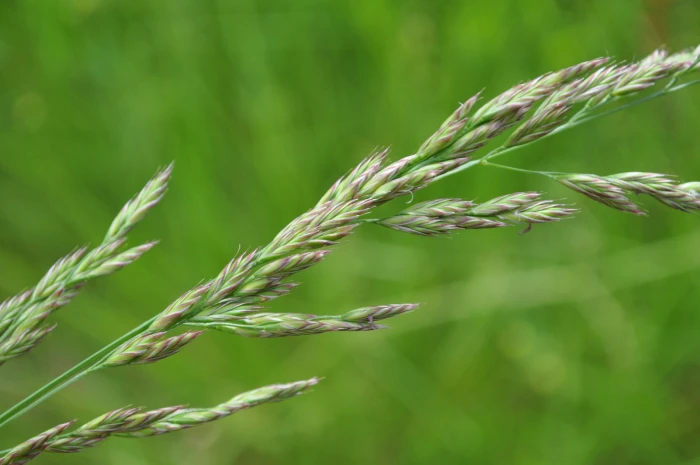Tall Fescue
(Lolium arundinaceum)
Tall Fescue (Lolium arundinaceum)
/
/

© Josep Gesti
CC BY-SA 4.0
Image By:
© Josep Gesti
Recorded By:
Copyright:
CC BY-SA 4.0
Copyright Notice:
Photo by: © Josep Gesti | License Type: CC BY-SA 4.0 | License URL: http://creativecommons.org/licenses/by-sa/4.0/ | Uploader: josepgesti | Publisher: iNaturalist |















Estimated Native Range
Climate Requirements for Duncanville, Texas
| This Plant | Your Site | Plant Suitability for Your Location | ||
|---|---|---|---|---|
| • Precipitation | 3" - 171" | 36" | Aquatic | Aquatic |
| • High Temp. | 47°F - 105°F | 95°F | Your summer temperatures are normal for this plant. | Excellent |
| • Low Temp. | -51°F - 59°F | 35°F | Your winter temperatures are normal for this plant | Excellent |
This plant may not grow well at your location - your precipitation is too high.
Summary
Lolium arundinaceum, commonly known as tall fescue, is a cool-season perennial grass originally from Europe, where it is found in a variety of habitats including woodland margins, grasslands, and coastal marshes. It has been widely naturalized in many parts of the world. Tall fescue typically grows up to 65 inches tall and is characterized by its flat leaves and an erect panicle inflorescence that bears numerous small, wind-pollinated flowers. The plant is valued for its durability and ability to thrive in a range of conditions, making it a popular choice for turf lawns, erosion control, and as a forage grass in agriculture.
Tall fescue is appreciated for its low maintenance requirements, with good drought tolerance and the ability to adapt to a variety of soil types, though it prefers well-drained soils. It can grow in both full sun and partial shade. In ornamental settings, it is used for its textural contrast in borders and as a ground cover. However, it can become problematic due to its potential invasiveness, especially in the United States where it can outcompete native species and reduce biodiversity. It is also susceptible to fungal diseases such as brown patch and can harbor endophytic fungi that produce alkaloids toxic to some grazing animals.CC BY-SA 4.0
Tall fescue is appreciated for its low maintenance requirements, with good drought tolerance and the ability to adapt to a variety of soil types, though it prefers well-drained soils. It can grow in both full sun and partial shade. In ornamental settings, it is used for its textural contrast in borders and as a ground cover. However, it can become problematic due to its potential invasiveness, especially in the United States where it can outcompete native species and reduce biodiversity. It is also susceptible to fungal diseases such as brown patch and can harbor endophytic fungi that produce alkaloids toxic to some grazing animals.CC BY-SA 4.0
Plant Description
- Plant Type: Grass
- Height: 2-4 feet
- Width: 1-2 feet
- Growth Rate: Rapid
- Flower Color: N/A
- Flowering Season: Spring
- Leaf Retention: Deciduous
Growth Requirements
- Sun: Full Sun, Part Shade
- Water: Medium
- Drainage: Medium
Common Uses
Deer Resistant, Erosion Control, Groundcover, Low Maintenance
Natural Habitat
Woodland margins, grasslands, and coastal marshes in Europe
Other Names
Common Names: Alta, Tall Ryegrass, Reed Fescue, Kentucky 31
Scientific Names: Lolium arundinaceum, Aira palustris, Bromus arundinaceus, Bromus decolorans, Bromus elatus, Bucetum elatius subsp. variegatum, Drymonaetes aeduensis, Drymonaetes arundinacea, Drymonaetes austriaca
GBIF Accepted Name: Lolium arundinaceum